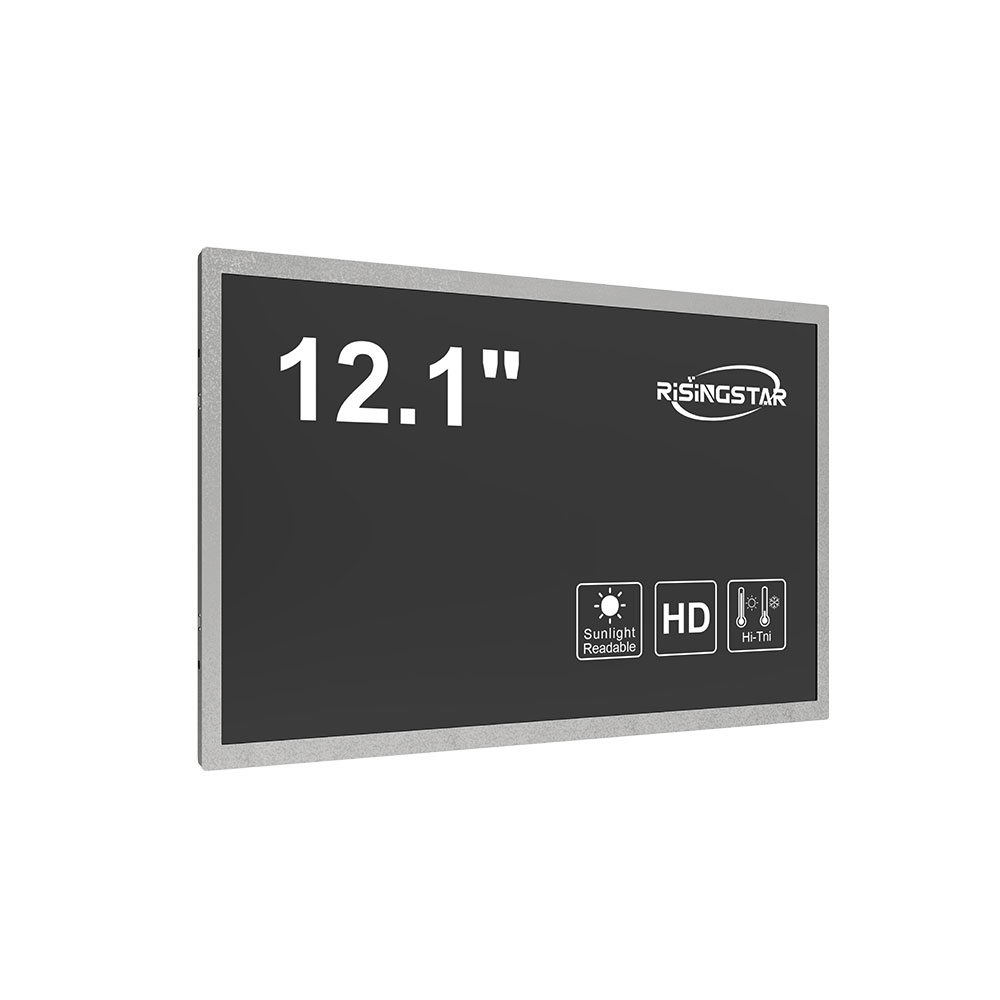High-brightness sunlight-readable LCD screens have become indispensable in modern industrial, military, aerospace, and outdoor environments where visibility under direct sunlight is critical. The Strip Screen series—ranging from 14.1” to 86” diagonal display sizes—offers an extensive lineup tailored to diverse operational needs. These displays are engineered with advanced backlighting technologies, high peak brightness (often exceeding 5000 nits), anti-glare coatings, and wide viewing angles to ensure optimal readability in harsh lighting conditions.
The 14.1” to 29.4” models are commonly used in mobile command centers, vehicle-mounted systems, ruggedized tablets, and handheld devices where portability and durability matter. For example, the 21.2” and 23.1” variants are frequently integrated into field-deployable medical diagnostic equipment or UAV control stations, where operators must maintain situational awareness in bright daylight. Larger formats—from 37” to 58.6”—are found in fixed installations such as air traffic control panels, military command-and-control rooms, and outdoor digital signage, where immersive visualization and real-time data processing are essential.
A key differentiator of this Strip Screen series is its use of IPS (In-Plane Switching) or VA (Vertical Alignment) panel technology, which ensures consistent color accuracy and contrast even under extreme ambient light. Many models also feature IP65/IP67 ingress protection, MIL-STD-810G shock and vibration resistance, and support for extended temperature ranges (-30°C to +70°C). According to a 2023 report by MarketsandMarkets, the global demand for sunlight-readable displays is projected to grow at a CAGR of 8.4% through 2028, driven by increasing adoption in smart transportation, defense, and IoT applications.
Notably, manufacturers like Novatron, Eizo, and LG Innotek have contributed to setting industry benchmarks for brightness levels and thermal management. These panels often integrate dynamic brightness adjustment algorithms that optimize power consumption while maintaining visibility—critical for battery-powered or solar-recharged systems. Furthermore, compatibility with touch overlays (resistive, capacitive, or infrared) enhances usability in gloves-on scenarios, common in logistics, construction, and emergency response operations.

Case studies from U.S. Army deployments in desert environments show that 48.5” and 58.6” sunlight-readable displays significantly improved mission effectiveness during daytime operations due to reduced eye strain and faster information parsing. Similarly, a 2022 project by Siemens in renewable energy monitoring utilized a 43” Strip Screen model to provide real-time turbine performance metrics visible even under midday sun on offshore wind farms.
These screens are not only about brightness—they’re about reliability, ergonomics, and integration flexibility. With growing emphasis on human-machine interfaces (HMI) in automation and Industry 4.0, the Strip Screen series represents a mature, future-proof solution for professionals who can’t afford to compromise visibility—even when the sun is blazing.
2025-07-31
2025-07-31
4k HD広告スクリーン屋外デジタルサイネージ2025-08-01
Electronica 2022 ドイツ